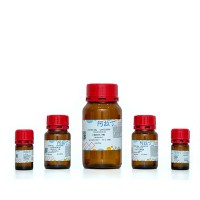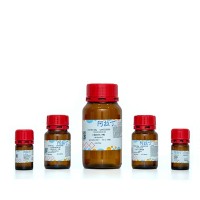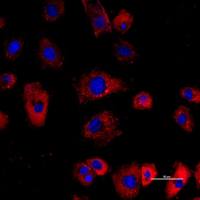利用LCLS X-射线激光进行生物成像
互联网
位于斯坦福的新的“飞秒硬X-射线激光装置”(即Linac Coherent Light Source,缩写为LCLS)的启动,让人们对生物成像的一个新时代充满了期待。强烈的超短X-射线脉冲允许在辐射损坏发生之前对小的结构进行衍射成像。本期Nature上两篇论文介绍的“概念证明”实验显示了LCLS的工作情况。Chapman等人通过不能在大晶体中成长的大分子的纳米晶体对结构确定问题进行了研究。他们从膜蛋白“光合体系-I”的一系列纳米晶体获得了超过300万衍射图,并为该蛋白生成了一个三维数据集。Seibert等人通过将一束冷却的“mimivirus”颗粒注射进X-射线束中,获得了非晶体生物样本“mimivirus”的图像。
原文链接 : http://www.nature.com/nature/journal/v470/n7332/full/nature09750.html
Femtosecond X-ray protein nanocrystallography
【Abstract】X-ray crystallography provides the vast majority of macromolecular structures, but the success of the method relies on growing crystals of sufficient size. In conventional measurements, the necessary increase in X-ray dose to record data from crystals that are too small leads to extensive damage before a diffraction signal can be recorded1, 2, 3. It is particularly challenging to obtain large, well-diffracting crystals of membrane proteins, for which fewer than 300 unique structures have been determined despite their importance in all living cells. Here we present a method for structure determination where single-crystal X-ray diffraction ‘snapshots’ are collected from a fully hydrated stream of nanocrystals using femtosecond pulses from a hard-X-ray free-electron laser, the Linac Coherent Light Source4. We prove this concept with nanocrystals of photosystem I, one of the largest membrane protein complexes5. More than 3,000,000 diffraction patterns were collected in this study, and a three-dimensional data set was assembled from individual photosystem I nanocrystals ( ~200 nm to 2 μ m in size ). We mitigate the problem of radiation damage in crystallography by using pulses briefer than the timescale of most damage processes6. This offers a new approach to structure determination of macromolecules that do not yield crystals of sufficient size for studies using conventional radiation sources or are particularly sensitive to radiation damage.
Figure 1: Femtosecond nanocrystallography. Figure 2: Coherent crystal diffraction.
Figure 3: Diffraction intensities and electron density of photosystem
Figure 4: Pulse-duration dependence of diffraction intensities.








